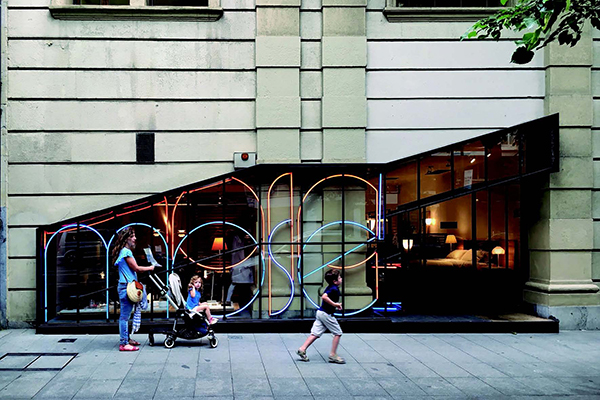Typography, scale and body: commercial lettering and signboards in the small Spanish shop trade of the 20th century
DOI:
https://doi.org/10.15168/xy.v3i5.84Abstract
The urban ecosystem, as a built system, is permanent and rigid, relegated to a continuous anachronism. The small shop, on the other hand, is agile and changing, attentive to fashion and technology. Because of its autonomy and ephemeral nature, it draws and redraws the bases of the architecture in which it is grounded, generating an image of the city that is always changing and unfinished. The overlay of a graphic language on architecture transforms the base of the commercial city into a sort of advertising hoarding, the result of the need to establish a clear, direct and universal communication system between the merchant and the client. The insertion of this graphical information on the architectural design is carried out by means of two systems, one composed and permanent (commercial lettering) and another superimposed and of ephemeral character (signboard). In both cases, the design is made from the consideration of three aspects: the typography (drawing), the scale (proportion) and its body (construction). In this work the graphic communication systems are analysed and studied taking as examples some of the most relevant projects of commercial premises published in the Spanish professional magazines between the birth of the architectural modernity in the country (1929) and its opening towards the economic system global (1979). Projects disseminated through the mass media for a period of fifty years that allow visualising the alterations of the image of the city through the experimentation that architects, designers and artists carried out using the tools of graphic design. It is also a study of the evolution of the discipline of graphic communication, from its artisanal condition to the incorporation of industrial production technologies, in a continuous search to establish a productive dialogue between the exterior (the street and the client) and the interior (the store and the merchant).


